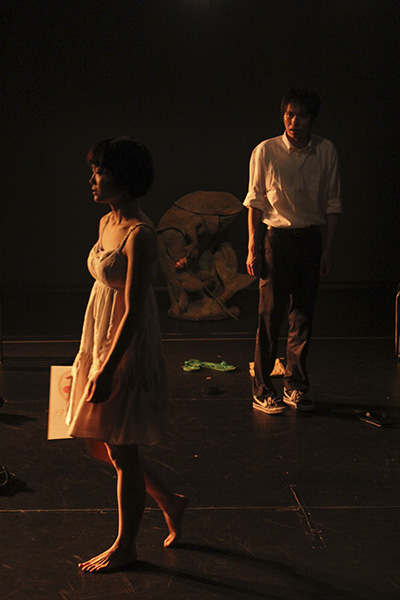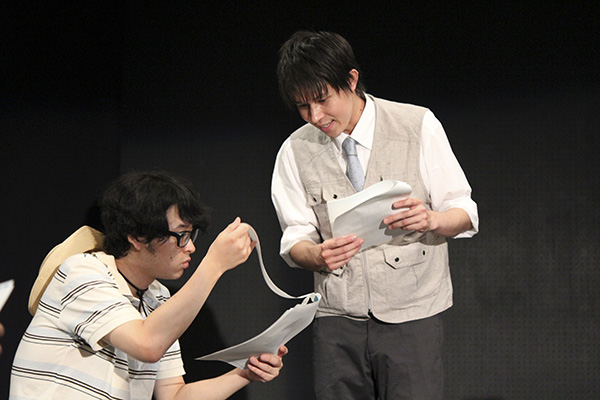

Junanasench 1st prduction
Hana to Sakana
(Jul. 2011 at Theatre Tokyo Babylon)
Data
:
Premiere: 2011
Length: 1 hr. 50 min.
Acts/scenes: 4 acts, 9 scenes
Cast: 11 (7 men, 4 women)


